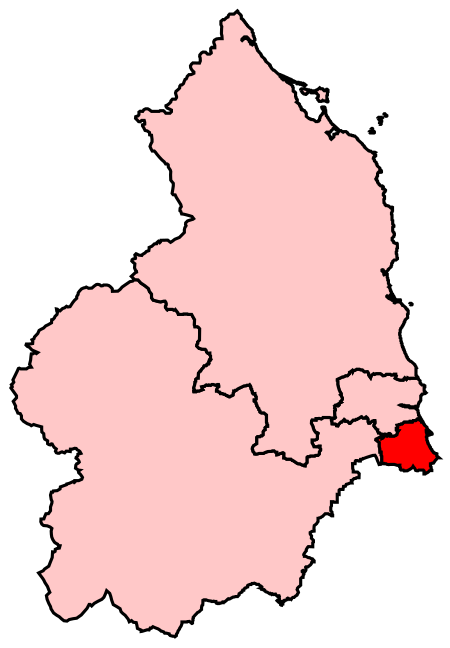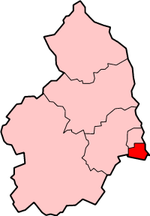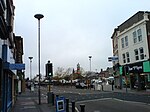Blyth Valley (UK Parliament constituency)
Blyth, NorthumberlandConstituencies of the Parliament of the United Kingdom established in 1950Parliamentary constituencies in Northumberland

Blyth Valley, formerly known as Blyth, is a constituency represented in the House of Commons of the UK Parliament since 2019 by Ian Levy, a Conservative.Further to the completion of the 2023 Periodic Review of Westminster constituencies, the seat will be abolished, with the majority of its contents - excluding the town of Blyth itself - being absorbed into the new constituency of Cramlington and Killingworth, to be first contested at the next general election. Blyth will be included in the new constituency of Blyth and Ashington.
Excerpt from the Wikipedia article Blyth Valley (UK Parliament constituency) (License: CC BY-SA 3.0, Authors, Images).Blyth Valley (UK Parliament constituency)
Schloßhof, Verwaltungsgemeinschaft Rottenburg am Neckar
Geographical coordinates (GPS) Address Nearby Places Show on map
Geographical coordinates (GPS)
| Latitude | Longitude |
|---|---|
| N 55.127 ° | E -1.523 ° |
Address
Schloss Hirrlingen
Schloßhof 1
72145 Verwaltungsgemeinschaft Rottenburg am Neckar
Baden-Württemberg, Deutschland
Open on Google Maps







